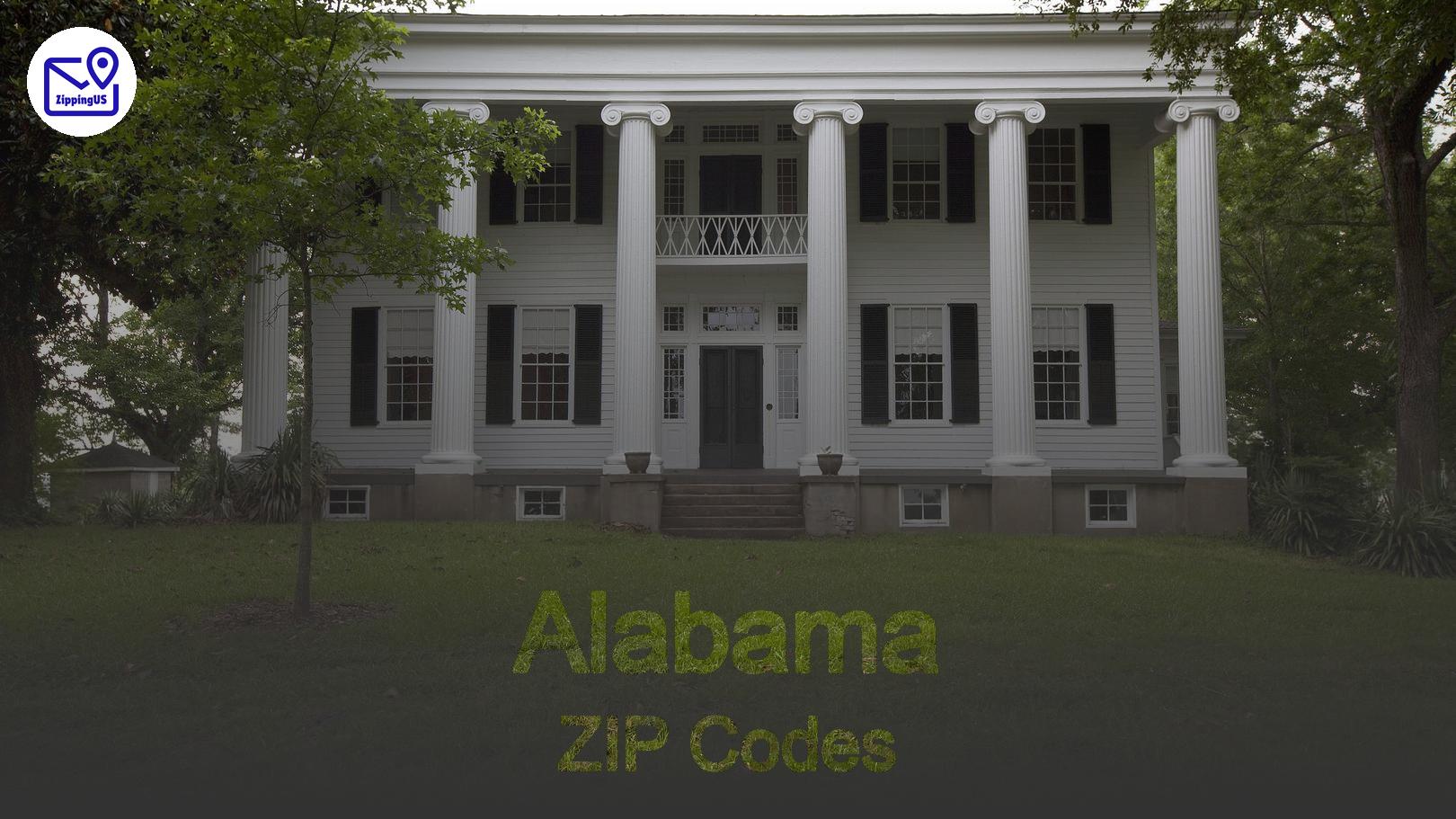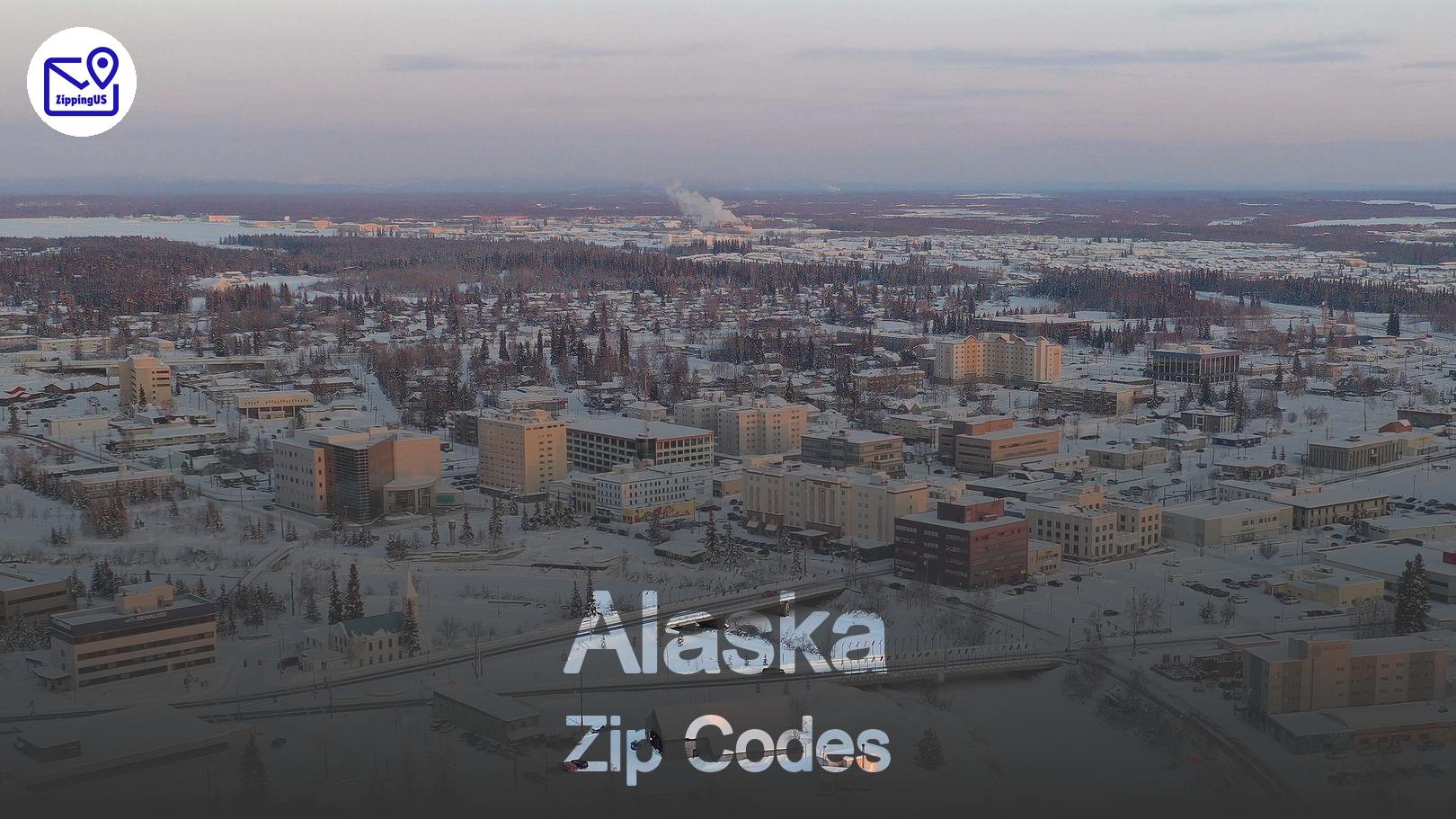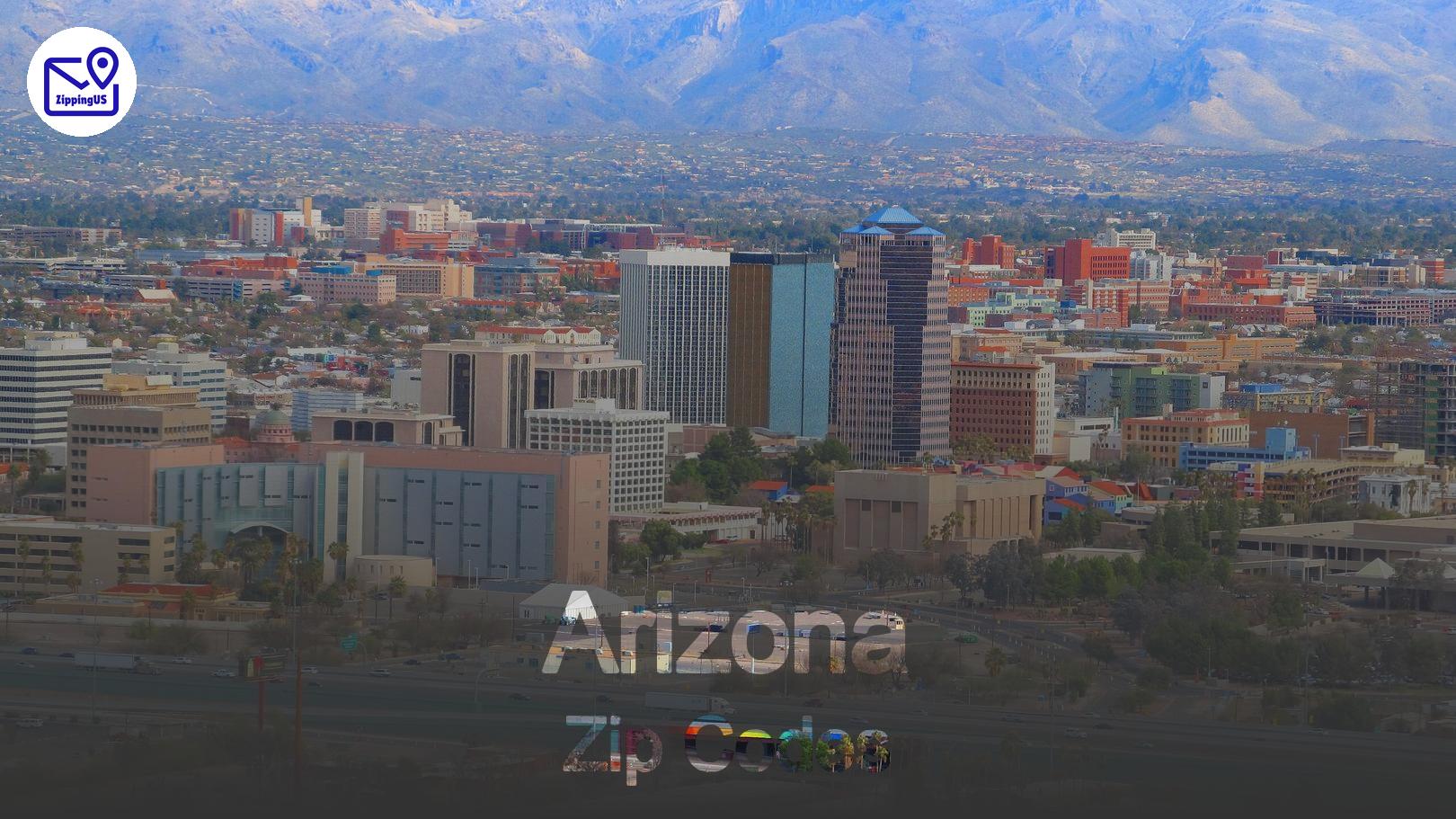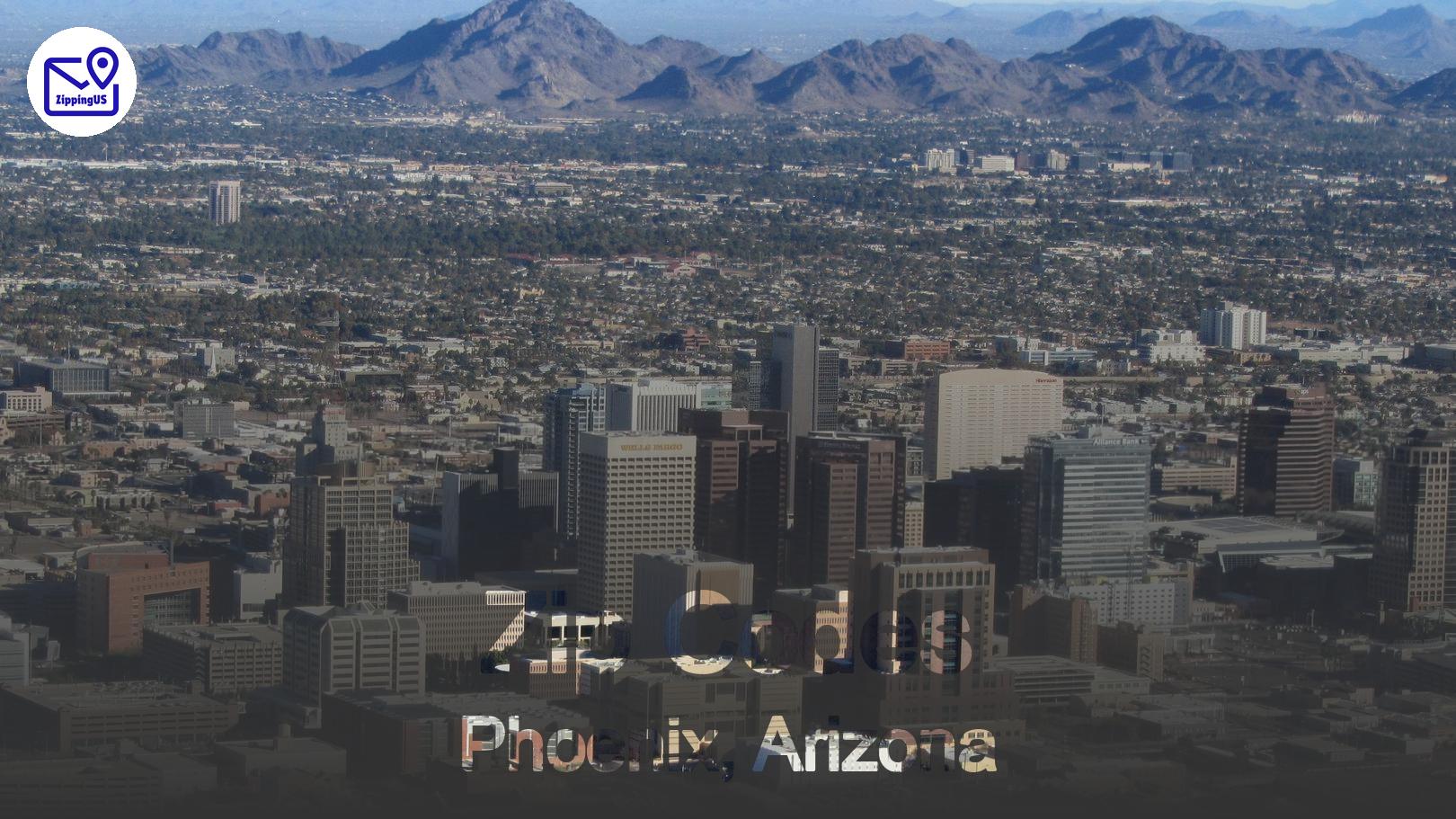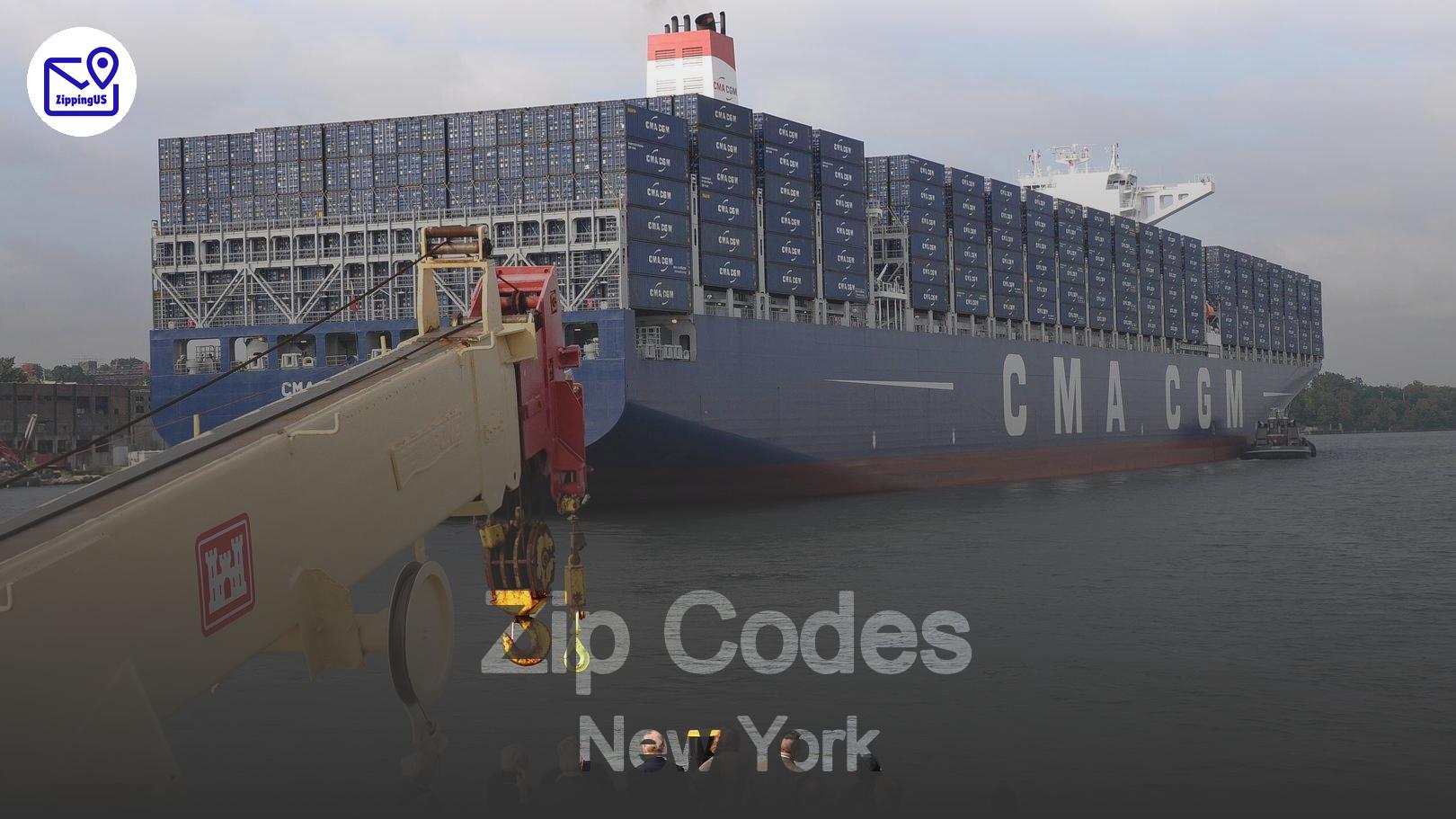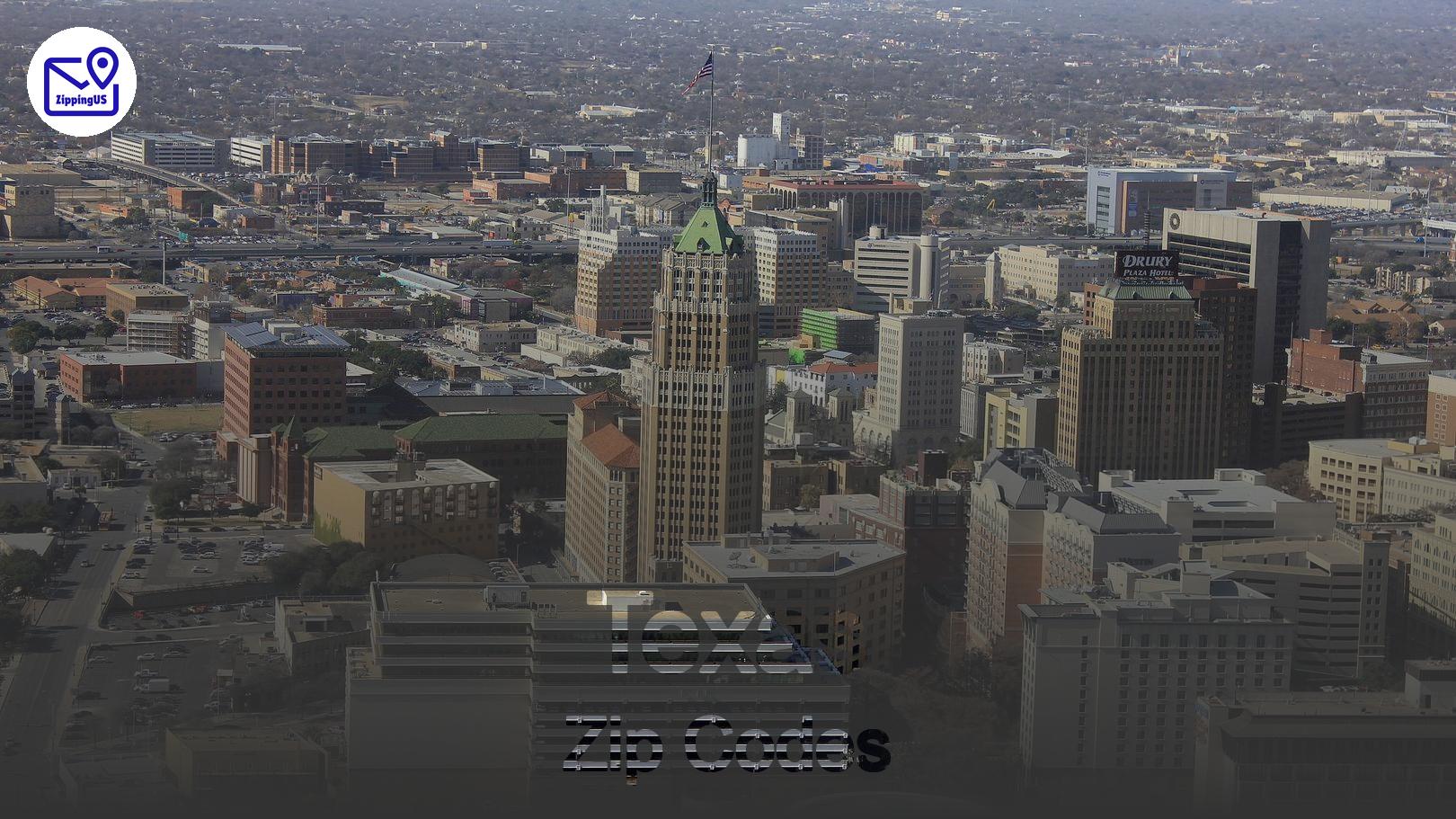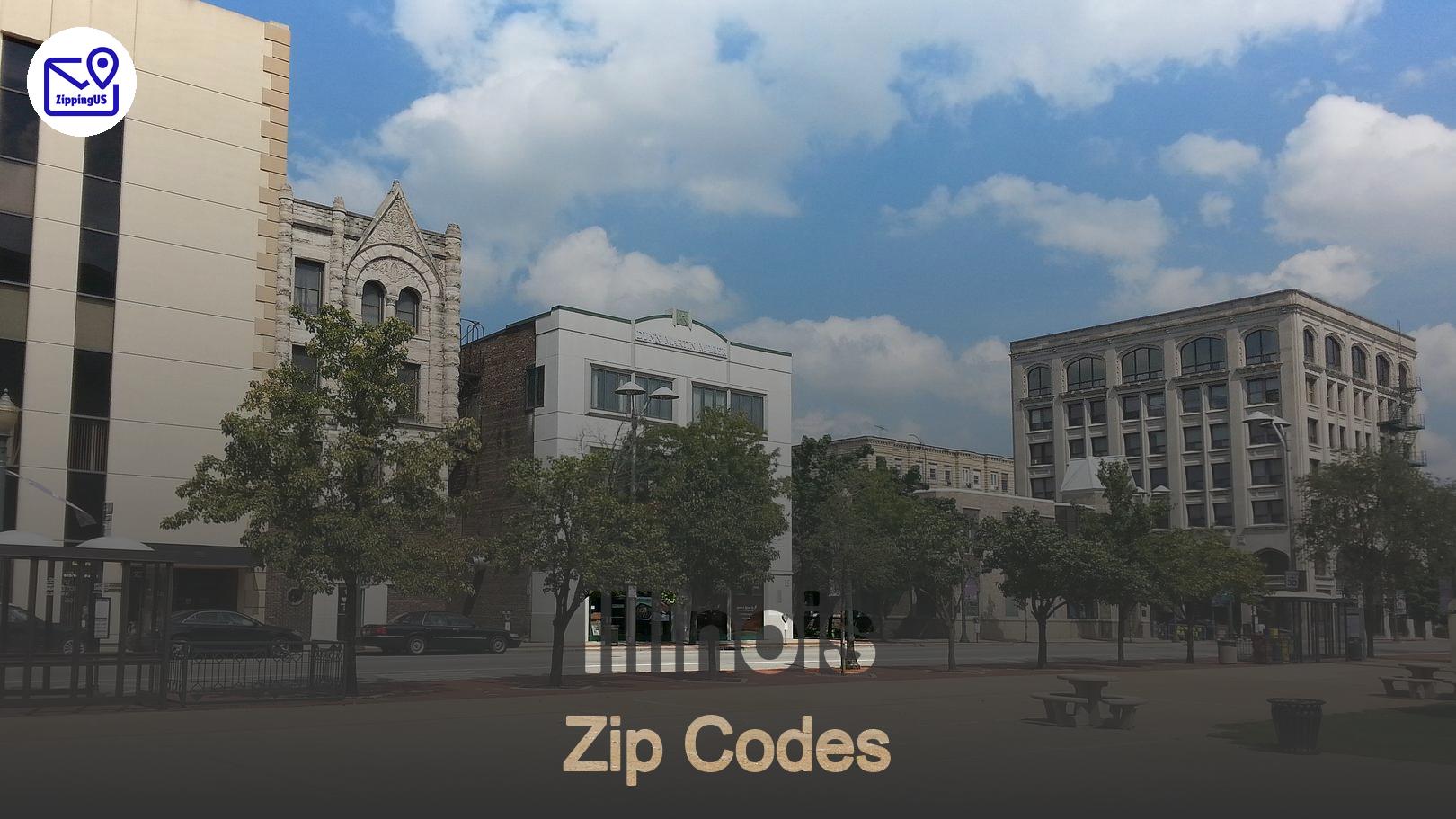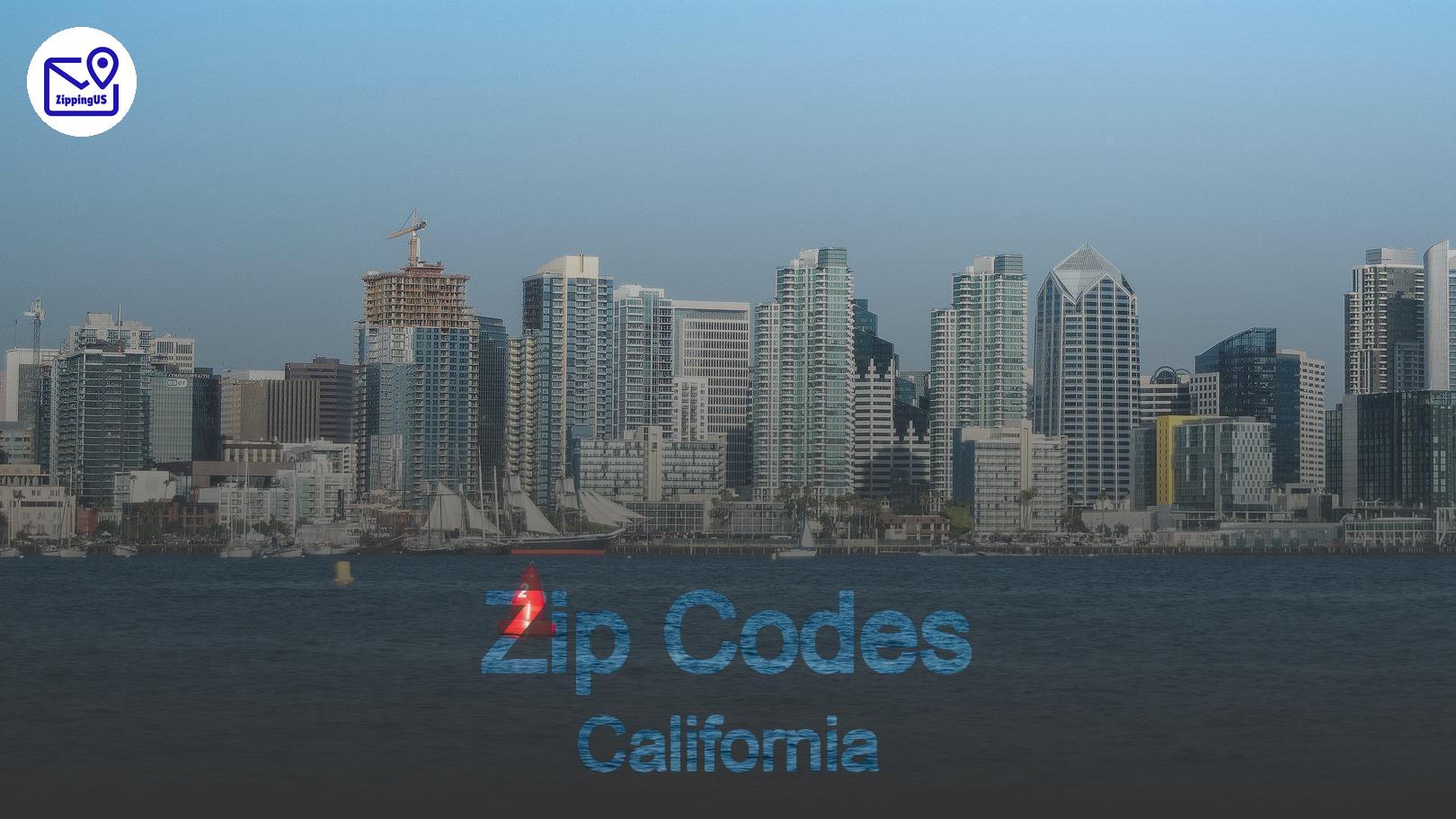Ever wondered about the magic behind those five little numbers in your address? If you're from Wisconsin or planning a trip to the state, getting a handle on the different zip codes can help you navigate like a local. Zip codes, which started out as a way for the postal service to sort mail, now serve as identifiers for regions, cities, and communities. Let’s get into it and explore the world of Wisconsin’s zip codes, where they’re found, and what they reveal about this Midwestern state.
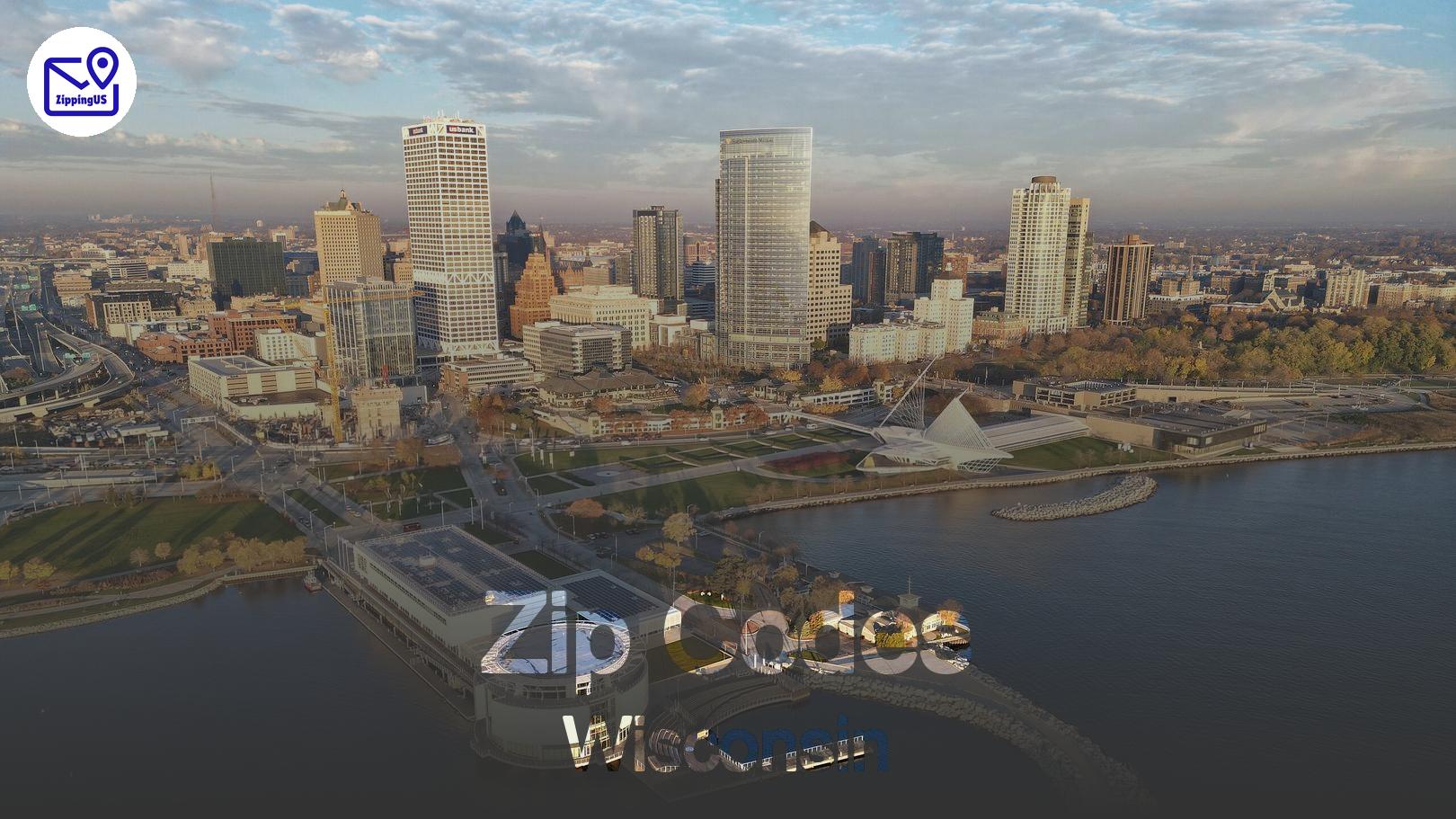
What’s a Zip Code Anyway?
Zip codes (short for "Zone Improvement Plan") are more than just random digits at the end of an address. They actually break down into specific parts. Here's a quick refresher:
- First digit: Represents a group of U.S. states (Wisconsin falls under “5”).
- Next two digits: Pinpoint the central post office for the area.
- Last two digits: Narrow it down even further to more local post offices or even neighborhoods.
For example, Madison’s zip codes generally start with 537, while Milwaukee’s begin with 532. These codes help ensure everything gets where it needs to go – from postcards to Amazon packages.
A Quick Rundown of Wisconsin’s Major Zip Codes
There are thousands of zip codes across Wisconsin, but some stand out because they cover the largest cities or most popular destinations. Here are the key ones:
| City | Zip Code(s) |
|---|---|
| Milwaukee | 53201-53228 |
| Madison | 53701-53794 |
| Green Bay | 54301-54313 |
| Racine | 53401-53408 |
| Kenosha | 53140-53144 |
Navigating Wisconsin’s Major Cities
Milwaukee (Zip Codes: 53201-53228)
As the largest city in Wisconsin, Milwaukee’s zip codes start with 532. This range includes everything from downtown’s bustling areas (53202) to the quiet suburbs in the northern part of the city (53217). Whether you're catching a Brewers game or visiting the Milwaukee Art Museum, knowing these codes can help you zero in on your destination. Milwaukee’s codes also touch on some key spots like 53207, which includes Bay View, a hip and trendy neighborhood that's been growing in popularity over the years.
Madison (Zip Codes: 53701-53794)
Wisconsin’s capital city has its own distinct set of zip codes, beginning with 537. From the university vibes of 53703 to the suburban feel of 53711, Madison’s zip codes can tell you a lot about what part of the city you’re in. If you're ever at 53706, you’re likely near the University of Wisconsin-Madison, home to Badger football games and world-class education. Madison is a city of lakes, bikes, and campus life, and each zip code reflects its unique flavor.
Green Bay (Zip Codes: 54301-54313)
Football fans, rejoice! Green Bay’s zip codes start with 543, and they’re best known for covering the home of the Green Bay Packers and historic Lambeau Field. When you're heading to 54304, you know you're in Packers territory. Outside of football, 54311 takes you to the east side, home to beautiful parks and a quieter side of Green Bay living.
Discovering Wisconsin Through Its Zip Codes
Every zip code in Wisconsin represents a little slice of life, each with its own vibe, quirks, and communities. But beyond just finding your way, these zip codes can give insight into local culture and what to expect when you visit.
Zip Codes with Natural Beauty
Wisconsin is known for its stunning lakes, forests, and outdoor adventures. If you're a nature lover, some zip codes are a must-visit:
- Door County (54201-54235): The perfect place for a summer getaway, Door County is filled with charming little towns. Its zip codes start with 542, and each one leads you to a new adventure—like hiking, kayaking, or just chilling by the water.
- Wisconsin Dells (53965): Known as the "Waterpark Capital of the World," the 53965 zip code is packed with family-friendly fun. It’s more than just water slides though—you’ll also find beautiful landscapes, boat tours, and scenic hikes.
Zip Codes That Highlight Wisconsin’s Culture
Some zip codes represent areas where the local culture really shines through:
- La Crosse (54601): This western Wisconsin city is nestled along the Mississippi River, with a rich German heritage. Its zip code 54601 brings you right to the heart of Oktoberfest celebrations and beautiful bluff-side views.
- Eau Claire (54701-54703): Known for its vibrant music and arts scene, Eau Claire’s 547 zip codes are full of cool coffee shops, indie concerts, and a mix of college-town energy.
Understanding Wisconsin Zip Code Regions
The state can essentially be divided into five key regions, each with their own batch of zip codes.
Southeast Wisconsin – This is the most populated region, home to Milwaukee, Racine, and Kenosha. Zip codes in this area typically begin with 53, covering the state's urban areas.
Southwest Wisconsin – Cities like Madison and Janesville fall into this area, with zip codes in the 537 and 535 range. This region has a mix of college towns, state government, and rolling hills.
Northeast Wisconsin – This is Green Bay’s turf, where zip codes like 543 dominate. Northeast Wisconsin is a mix of suburban life and large, open spaces, perfect for outdoor enthusiasts.
Northwest Wisconsin – Zip codes starting with 54 are common here. Cities like Eau Claire and Superior are part of this region, where rivers, forests, and lakes create a paradise for hikers and anglers.
Central Wisconsin – Right in the heart of the state, zip codes here, like 544 for Wausau, showcase the charm of small-town life, surrounded by state parks and farming communities.
The Role of Zip Codes in Wisconsin’s Economy
Surprisingly, zip codes also play a big role in local economies. Certain regions of Wisconsin are known for their industries based on their zip codes. For instance:
- 53202 (Milwaukee Downtown): Milwaukee’s downtown area has seen rapid development, and this zip code is a hub for businesses, real estate, and startups.
- 54720 (Chippewa Falls): This northwestern Wisconsin zip code is home to famous Leinenkugel’s Brewery, a key player in the state’s beer scene.
- 54115 (De Pere): Just south of Green Bay, this area has a growing tech and business presence, making it a key part of the state’s economic future.
Commonly Asked Questions About Wisconsin Zip Codes
1. What’s the biggest zip code in Wisconsin?
While there isn’t a “biggest” in terms of area or population, zip codes in Milwaukee, such as 53215, tend to cover the most densely populated parts of the state.
2. Do zip codes change?
Yes, zip codes can change or get added, especially if an area sees rapid growth. For example, as suburbs around Milwaukee expand, we might see new zip codes popping up to accommodate more people.
3. How do I find the zip code for a specific address in Wisconsin?
It’s super simple. Just use a zip code lookup tool online, or if you’re on the go, your phone’s map app can help. Type in the address, and you’ll get the correct zip code right away.
Wrap-up: What Wisconsin’s Zip Codes Tell Us
Zip codes in Wisconsin are more than just a mailing tool – they’re a snapshot of the state’s diversity, from the bustling streets of Milwaukee to the serene shores of Door County. Each zip code holds a piece of the state’s identity, whether it’s a business hub or a quiet corner by the lake. So next time you see a Wisconsin zip code, know that it’s more than just numbers. It’s a map to all the adventures, cultures, and experiences that this state has to offer.
Whether you're mailing a letter or planning a road trip, knowing Wisconsin’s zip codes can help you navigate its cities, towns, and natural wonders with ease!

